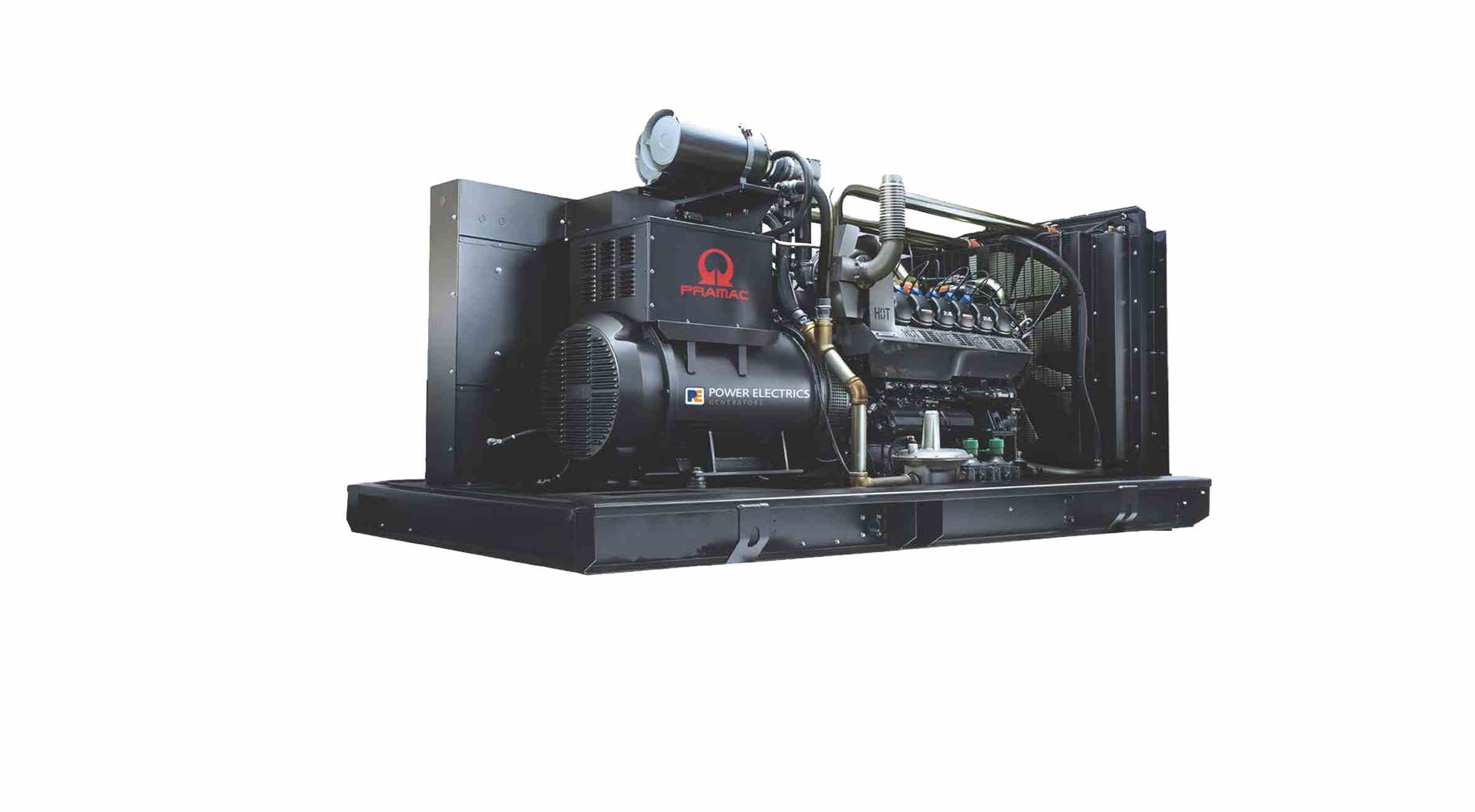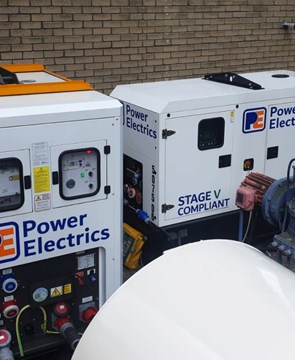Benefits of Gas-Fuelled Generator Sets in Demand Side Management Applications
Gas generators are becoming an increasingly popular option for stationary power generation. This is partly due to the low cost of natural gas, but it can also be attributed to the growing demand for clean power. We've looked into the benefits of rich-burn generators in standby applications previously here, this factsheet will explore the benefits for demand side management programmes.

Demand Side Management Programmes
In an evolving energy market, where the presence of renewable energy exposes the electrical grid to possible over-demand, programmes of Demand Side Response or Demand Side Management (DSM) have grown more popular. DSM has the goal of reducing the load on the electrical grid at peak times, which can be done either with energy storage or generators. For a programme participant, having the possibility to use assets of distributed power generation is essential to ensure the correct running of its operations, while generating additional revenues.
In these programmes, operated by aggregators, power consumption from the grid is reduced through curtailments: participants can self generate power when “called” for, receiving compensation, which can be a fixed quote, based on the modulating capacity, or a variable quote, depending on the hours of power reduction.
Benefits of Gas-Fuelled Generators for DSM
Rich-burn gas-fuelled generators have the capability to assume loads quickly without the need for warming up, meaning they're able to rapidly respond to varying power demands. The emissions they emit are also low, easily under the Government's Emission Limit Values (ELVs) and air quality standards. Other benefits of gas-fuelled generators being used for Demand Side Management programmes include:
Gas engines produce up to 20% lower CO2, no particulate matter and up to 90% less NOx emissions than equivalent diesel engines.
Gas generators are suitable for using in remote areas, such as rooftops or basements.
They can quickly start with a high block-load impact through rich-burn gas engine optimisation.
The units can operate with a low gas pressure feed, which allows for simplified installation.
Explore our Rich-Burn Engine Generators
Natural Gas Generators and Their Combustion Types
Natural gas-fuelled generators can be categorised based on the air-to-fuel ratio (AFR) at which they operate. This is generally represented by lambda (ƛ). Below are the three AFR types:
Stoichiometric: Stoichiometric AFR contains a precise ratio of air to fuel, and it produces a chemically complete combustion. The (ƛ) for stoichiometric AFR equal 1.00. In a stoichiometric AFR mixture, there is just enough air to burn each fuel molecule, with no excess.
Rich Burn: Rich-burn engines operate with the AFR at a higher concentration of fuel to air. It is a "fuel-rich" mixture. Rich-burn engines generally operate with (ƛ) equal to 0.995.
Lean Burn: Lean-burn engines operate with an AFR that has a lower concentration of fuel to air, making it a "fuel-lean" mixture. Lean-burn engines operate with (ƛ) anywhere between 1.5 and 2.2. This means that there can be twice as much air present than is theoretically needed to burn each molecule of fuel.




